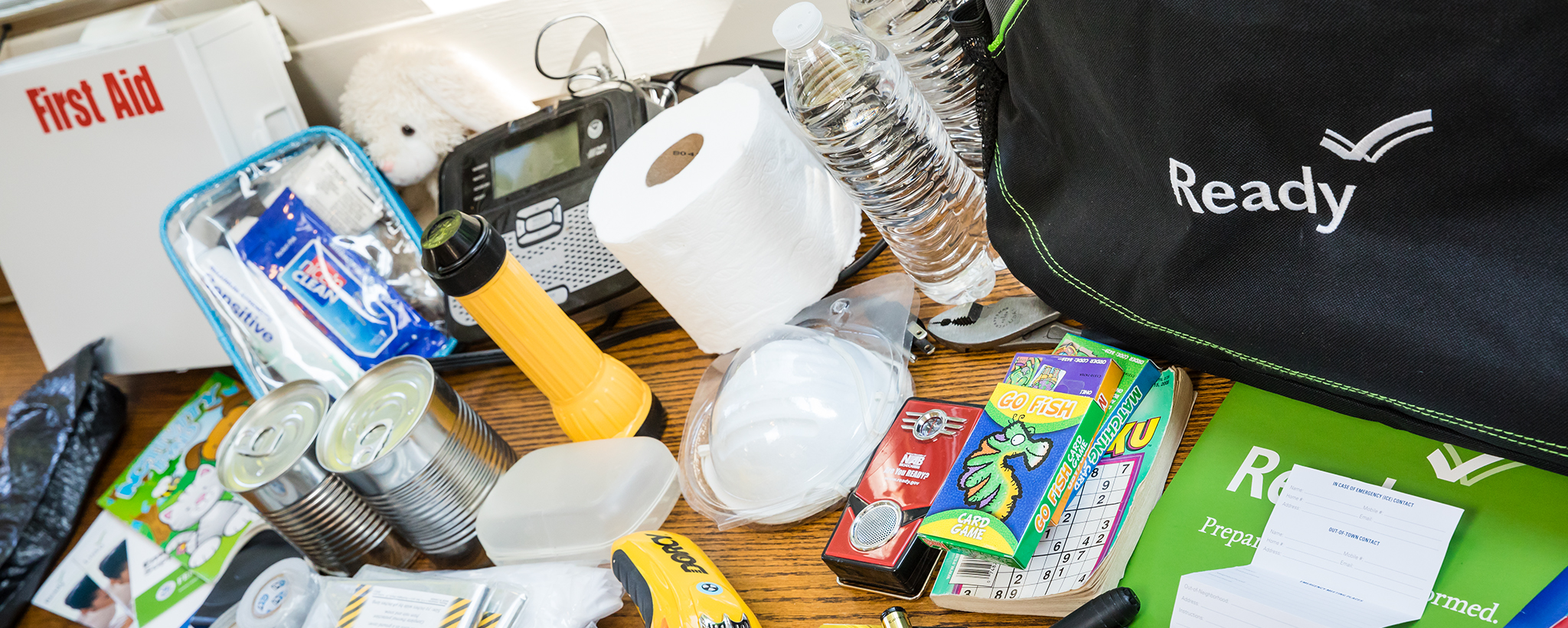8.4 Earthquakes in Action
Current Earthquakes

Earthquakes are always happening on our planet. It is usually only the worst or most damaging events that make it into the news.
Go to the USGS Earthquake Map. This website displays the most recent earthquakes recorded worldwide.
Go to Settings in the upper right corner of the map and select “7 Days, All Magnitudes, U.S.”. This setting will allow you to see every earthquake that has occurred in the U.S. over the past week.
Go to Settings in the upper right corner of the map and select “30 Days, Significant Worldwide”. This setting will allow you to only see the major earthquake events that have occurred in the last 30 days.
Surviving an Earthquake

Earthquakes can be deadly as evidenced by the catastrophic earthquakes in 2010 and again in 2021 that struck Haiti. Not only do they cause intense shaking that can lead to structural collapse, but they can break other infrastructure such as gas, sewer, and electrical lines, leading to water contamination and fires. If you or your family live in a region that experiences earthquakes, it is essential to be prepared! The same is true if you plan on visiting a region that is prone to earthquakes. But what does “being prepared” look like?
Before an Earthquake
-Make an emergency plan with your friends and family. Once disaster strikes you might be too frazzled to make up a plan on the spot, so this is important.
-Practice “Drop, Cover, and Hold On!” This is a strategy to stay safe when the shaking begins. Learn more about it here!
-If you live in a place that is prone to earthquakes, secure furniture in your house. This includes securing bookshelves, TVs, and refrigerators to walls so they won’t fall over. Even consider getting earthquake insurance! [1]
During an Earthquake
-Drop: Get down to your hands and knees and hold onto something sturdy.
-Cover: Get yourself under a sturdy table or desk or make sure your head and neck are covered from falling items! Stay bent over on your knees to keep protecting your organs.
-Hold On: The shaking might get intense, so if you are under a desk, hold on to one of its legs. If you couldn’t find a desk or table to hide under, keep covering your head and neck.
Pullover if you are in a car! [1]
After an Earthquake
-Be ready for possible aftershock earthquakes
-If you are in a damaged building, get outside and move away from the building
-If you are trapped, send a text, bang on a metal pipe, and cover your mouth with your shirt – there’s a lot of debris loosened that can damage your airways. [1]
Emergency Kits

Another strategy to stay safe before an earthquake, or any natural disaster is to build an Emergency Kit! Emergency Kits contain all the supplies that you and your family will need for several days in case all the stores are closed/electricity is out/water is shut down/or any other foreseeable issue. Emergency Kits often contain [1]:
- At least a 3-day supply of canned food for you and your family
- 1 gallon of water for each member of your family for three days
- Any prescription medications needed by you or your family
- A battery-powered or hand-crank radio
- Can opener
- First Aid Kit
- Flashlight
- Batteries
- Face masks
- Duct tape
- A whistle for signaling
- Pet food
- Toilet paper and moist toilettes
- Trash bags
- Cell phone backup battery and chargers
- Extra cash, in case ATMs and credit card machines are down
Because these can be expensive, it is good to build up an emergency kit over time by adding to it little by little if a family cannot afford to make it all at once.

